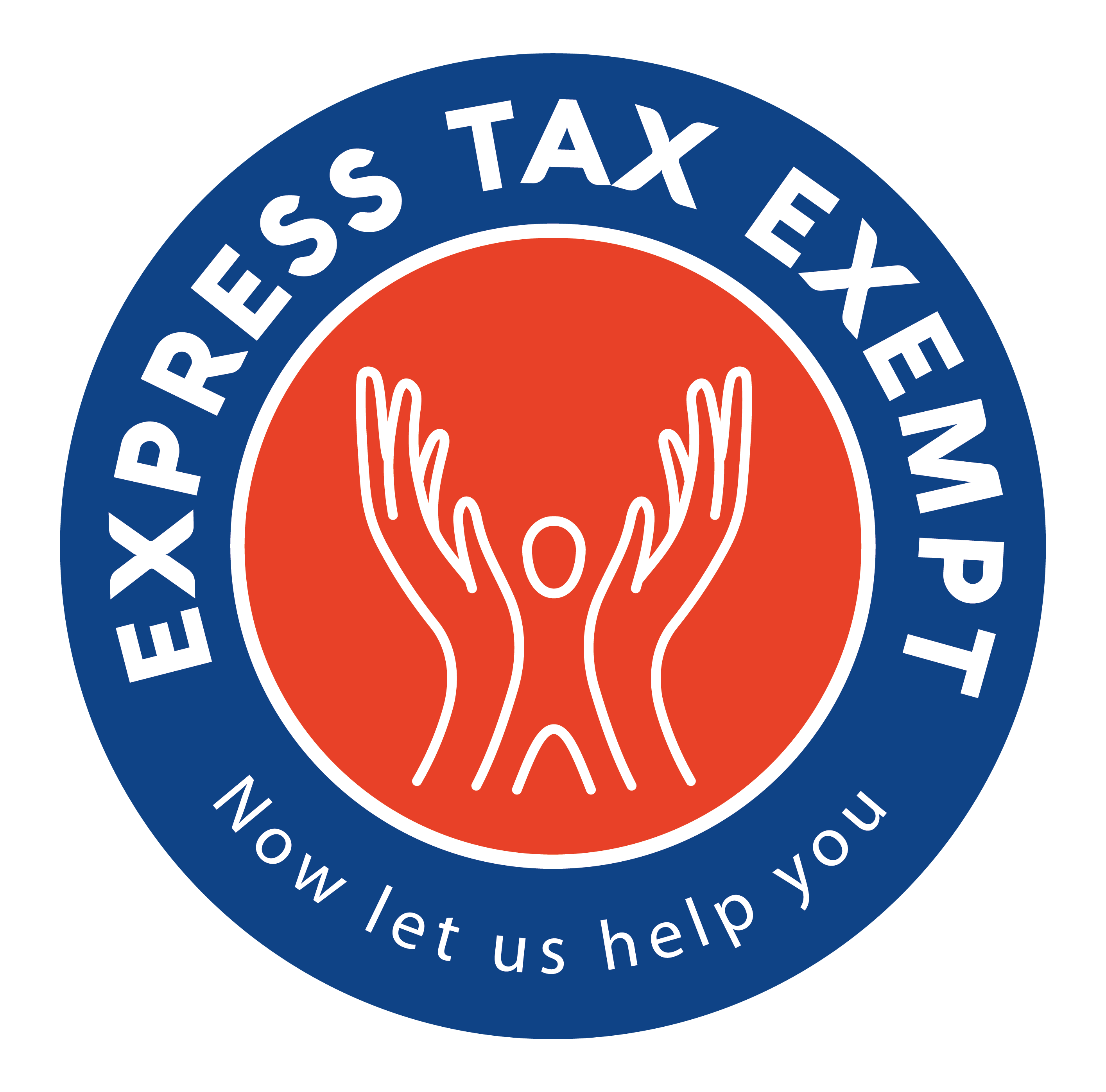How to Report Contributions From Fundraising Events to the IRS

From benefit dinners and bingo nights to virtual events, nonprofits have reinvented the way they fundraise to support social distancing. A lot has changed, but IRS requirements for reporting contributions are still the same.
Events are a fantastic way for your nonprofit to encourage donations . . . until you accidentally report them to the IRS incorrectly. We understand and we’re here to help. Nonprofits that file Form 990 or 990-EZ use Schedule G to report contributions from fundraising events. Here is everything you need to know about reporting contributions from fundraising.
What is Schedule G?
Schedule G is the schedule that nonprofits file along with Form 990 or Form 990-EZ to report supplemental information regarding fundraising or gaming activities. This form has 3 major parts and allows nonprofits to give the IRS and the public a clear picture of their fundraising activity.
Who Should File Form 990-EZ Schedule G
If your nonprofit filed Form 990, check Part IV, the Checklist of Required Schedules to see if you need to file Schedule G. If your organization answered “yes” on lines 17, 18, or 19 of this section, Schedule G is a requirement for you.
Nonprofits that filed Form 990-EZ need to file Schedule G if they reported more than $15,000 of fundraising event contributions and gross income or $15,000 of gross income from gaming.
Check out our simple guides to Part I and Part II of Form 990-EZ.
Schedule G Instructions
Part I Fundraising Activities
Nonprofits that filed Form 990-EZ can skip Part I!
Check Boxes: If your organization filed Form 990, you can complete this section by checking the boxes to select the fundraising methods you used during the tax year.
Event Details: Next, to get even more specific, you will enter individual details for each fundraiser. This information includes name, address, activities, and gross receipts. If your organization worked with a fundraising service for the event, you will include your agreement and how much you paid them.
License: In Part I of Schedule G, you will also enter the state where your organization is licensed to solicit contributions.
Part II Fundraising Events
To complete Part II of Schedule G, enter your organization’s top two fundraising events. They should gross receipts greater than $5,000. Then, fill out these two sections:
Revenue Details:
Here, you should list your gross receipts. This is the total amount of money, any contributions, gifts, or similar amounts, that you received for fundraising events and your gross income from events.
A common mistake to avoid? Don’t reduce this amount for catering, entertainment, or any other expenses.
Direct Expenses Details:
In this section, you can report all the money you spent on this event. That includes cash and non-cash prizes, renting a venue, entertainment, food and beverages, and any other direct expenses. Finally, subtract your expenses from your income and enter the net income from your fundraising events.
Part III Gaming
Nonprofits use Part III of Schedule G to report revenue and expenses for gaming events. This section is for any gaming events, such as bingo or pull tabs.
To complete Part III, enter all your direct expenses for gaming events. This includes any wages and taxes paid for employees at these events. Next, report the revenue you made. Finally, include the net income from these events.
How to File Schedule G
Now that you know how to report all the contributions your organization collected from throwing fundraising events, it’s important to pick the right filing method. The IRS recommends e-filing for 990 series forms and even requires it for many tax-exempt organizations.
When you meet your IRS requirements with ExpressTaxExempt, you’re choosing safety and all the support you need. We’re so thankful for all your work this year and we are here to help you stay healthy and IRS compliant.


